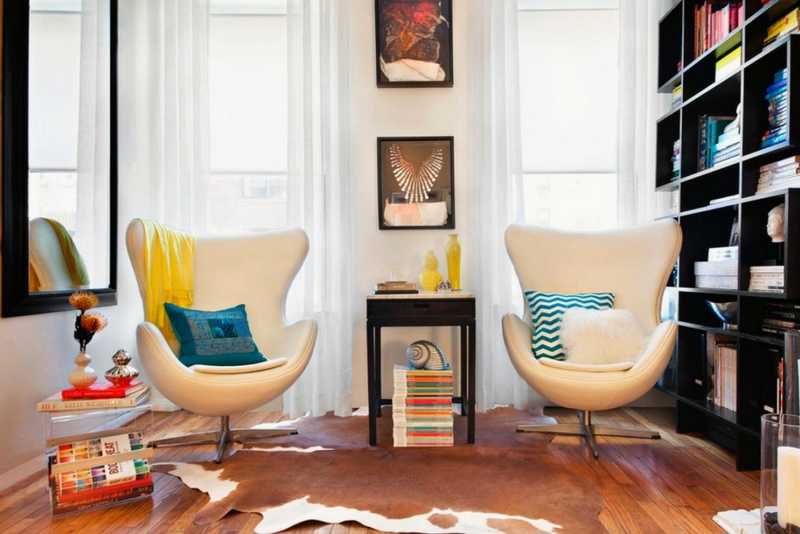
When economies shrink and disposal income threatened, how do we meet our client’s reality? Rather than generous, personal projects, the need for small formed spaces is becoming an economic necessity, pushing us designers to test our creativity with less.
Nowadays, there are plenty of reasons to downsize to a smaller home. Perhaps you’re in the market for a simpler way of life, or lower rent, or mortgage payments.
With smaller spaces, owners can no longer dedicate an area solely for one function.
People would often buy larger homes for a number of reasons:
- They “outgrow” their smaller one.
- They can afford more.
- They need to keep up with their neighbours’.
- They believe a large home is the home of their dreams.
Another reason people keep buying bigger homes is because no one tells them they don’t need to.
So let’s explore reasons why people could be actually happier in a smaller house:
- Easier to maintain. Smaller buildings are easier to maintain.
- Less time spent cleaning. And that should be reason enough…
- Less expensive. Smaller homes are less expensive to purchase and less expensive to keep (insurance, taxes, electricity, etc.).
- Less environmental impact. A smaller home requires fewer resources to build and fewer resources to maintain.
- More time. Many of the benefits above (less cleaning, less maintaining, mental freedom) result in the freeing up of our schedule to pursue the things in life that really matter.
- Wider market to sell. By its very definition, a smaller, more affordable house is affordable to a larger percentage of the population than a more expensive, less affordable one.
One growing trend in upscale multifamily residential architecture today is the growing demand for smaller living spaces– there’s less upkeep, lower energy costs, and typically less stress overall. To address this demand in small, amenity-filled spaces, architects design not just for looks, but for organization. This approach is paramount to an attractive and usable home.
Redesigning small spaces not only requires innovation from the firm, but an incredible attention to detail. Because there can’t be any wasted space, the firm needs to know what a client needs most in their living space. Then they integrate interior finishes that can be utilized in different ways—bars, for example, or moveable walls.
“The pros are definitely freedom,” says one, who lives in a small house. “If you cut down the size of your mortgage and responsibilities you also cut down on the maintenance. But you have to be disciplined and if you’re a sentimental sort of person who can’t bear to get rid of stuff, you’re probably not going to be very happy in a small house. You’ve got to cut your belongings … do you really need 30 sets of shoes?”
When you have less space to work with, you’re likely going to have to live with less stuff. Donating clothes, getting rid of sentimental clutter, and throwing away broken items that you still haven’t fixed are a few great places to start. To downsize your belongings to match your smaller living space, check out our tips on how to declutter your space.
Designer Tips for small spaces
- Use of more natural or light fixtures brightens up a small space.
- Use of open cabinetry in kitchen opens up the space.
- Use of big furniture pieces instead of many smaller pieces opens up the space.
- Make use of all corners.
- Create a work space in an unused portion of the space.
- Use furniture pieces that can provide storage and reduce clutter.
- Use of large windows helps to bring in more light and these can be accentuated with furniture pieces.
- Furniture pieces that can be converted to sleeping areas at night.
- Use of light colours that make space feel more airy and open.
Its certainly not a bad thing to embrace smaller living. Minimal design challenges exist with large living spaces; smaller spaces on the other hand encourage solutions and innovation. Every inch of space needs to be used smartly as well as designed appropriately for best use of furnishings. Smaller spaces force you to consider “contentment is king”. If you are one that likes to have many spare rooms that are seldom used then smaller is not better for you. But if you are one that likes to use each room continually and are a minimalist that does not like to continue to buy new stuff for spaces requiring filling then small is in fact better. Smaller is in fact a new reality that can solve many existing property owners plight.
Come and talk to our architects at Millenia Architects today to plan your new small space living!